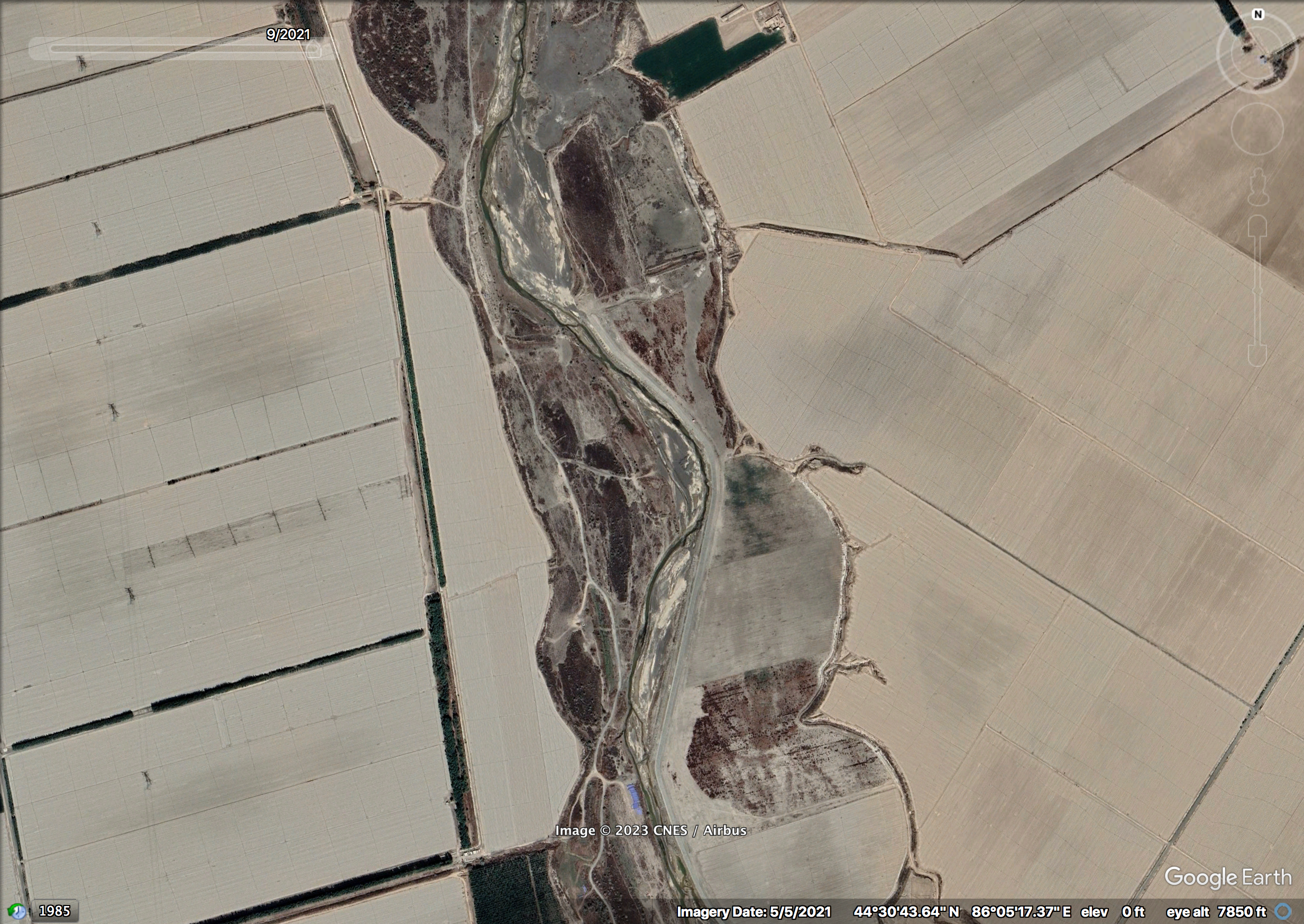
In the early decades of the People’s Republic of China (PRC), hundreds of thousands of individuals from the urban areas of China “proper” were called upon to “rusticate” to the peripheral regions of the country. As part of this state-led spatial migration, from 1963 to 1966, “educated youth” (zhiqing) from cities like Shanghai moved to the autonomous “frontier” region of Xinjiang—to become workers. Nonetheless, the construction of these socialist subjects as a model for the state engendered epistemic rifts between the migrant Han and native “ethnic” bodies working the desert landscape. This project examines the construction of those identities and the valorization of their differences, focusing specifically on the farms of the Xinjiang Production and Construction Corps (XPCC) and their cotton production. Ultimately, this research aims to complicate narratives of Han migration (Sinification) by examining the ordinary terror and life of working bodies producing Xinjiang cotton in margins of Chinese empire.